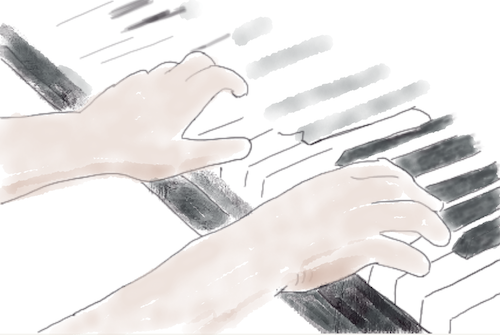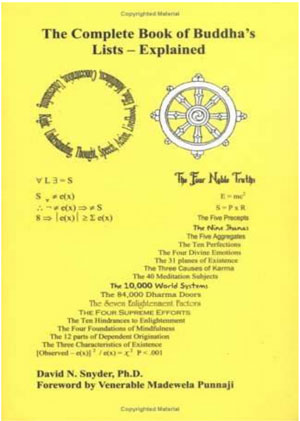On not minding what happens
Over-involvement in the future must be our most maladaptive trait.
Back in the 1970’s in Ojai, when Jiddu Krishnamurti drew enormous crowds to his extemporaneous talks, he touched on the liberation that comes from releasing the pointless hold on the future.1
Do you want to know what my secret is? You see, I don’t mind what happens.
That’s it. Of all the teachings from the broad wisdom traditions, his one secret was not minding what happens. Notice that Krishnamurti didn’t say “I don’t care what happens.” It’s an important distinction. I can care about my own wellbeing and that of others in some future. But it’s pointless to hold onto that future in its imaginary state. As Oliver Burkeman put it:
I don’t mean to imply you can reason yourself out of worry entirely. But there’s some liberation in realising the truth: when you worry, you’re demanding reassurance, yet this is something you’ll definitely never get from the future, for the simple reason that it hasn’t occurred yet. Certainly, it’s worth taking action in the present to increase the probability that things will go well. But that’s as far as your influence extends. In a profound sense, the future itself is none of your business.
In some sense, life usually just works out. It doesn’t stop and wait for us to catch up. When things don’t work out the way we thought, then we adjust and others adjust and we manage to still go about our lives. It’s letting fitting things into a box. If it doesn’t all fit, you give it a shake. Things move around and just work themselves out.
The COVID-19 pandemic, the incipient fascism in the U.S. are all inviting real worry about the future. But it’s liberating to allow the future to be as it will be anyway. Do your best to be prepared and to steer the future in the right direction then let it go.
-
There doesn’t seem to be a video of this particular lecture - at least not that I’ve been able to find. But Jim Dreaver, writing about it back in 2005 has a first person account that’s worth reading. ↩︎


